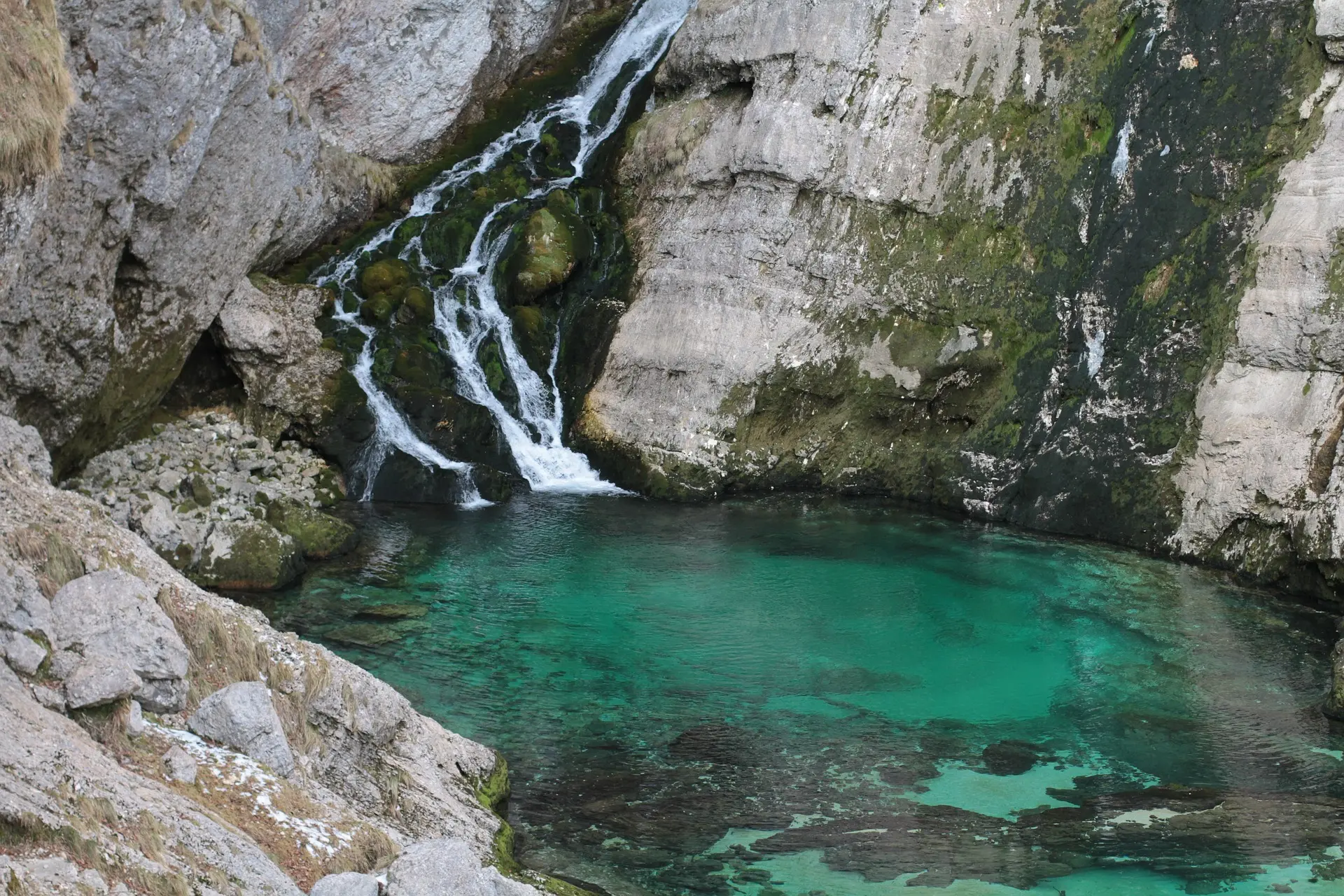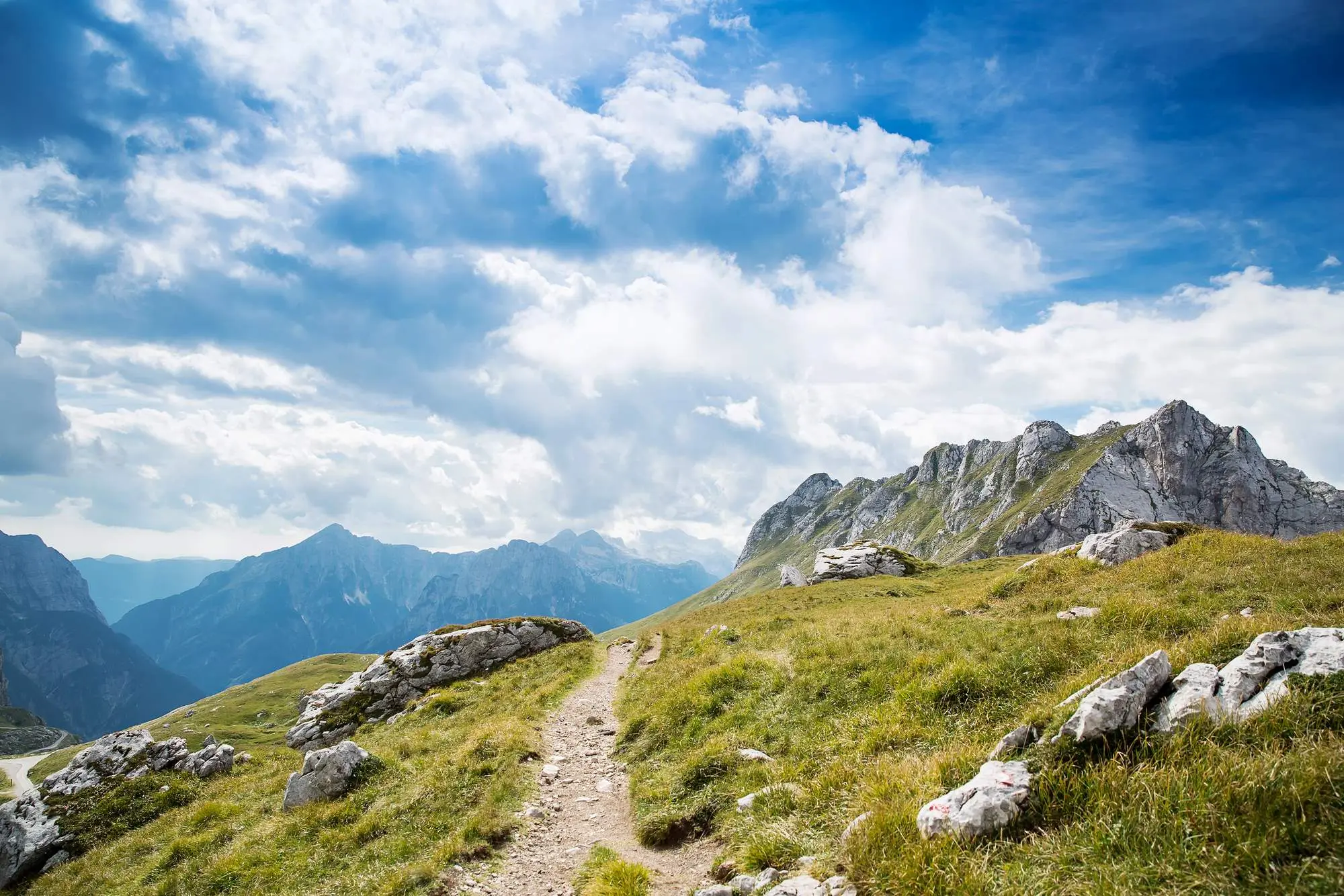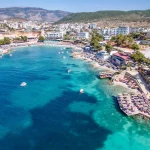Explore the Julian Alps. These peaks, lakes and myths will take your breath away.
Located on the border of Slovenia, Italy, and Austria, the Julian Alps are one of the most beautiful mountain ranges in Europe. Named after the Roman emperor Gaius Julius Caesar, this mountain range is known today for its mighty peaks, emerald lakes, wondrous waterfalls, and rich flora and fauna. But what makes them special is not only their natural beauty but also the stories, legends, and history carved into every rock and valley.

Triglav, Photo: GunterN, Depositphotos
The highest peak of the Julian Alps, and also of Slovenia, is Triglav (2864 m). It is not just a mountain – it is a symbol. Slovenians believe everyone must stand on its summit at least once in their lives, and legends speak of a three-headed god who watches over the land from there. The climb to Triglav is not easy, but the reward is unreal views and a sense of pride that cannot be described in words.
Slightly lower, but no less impressive, are mountains such as Škrlatica (2740 m), proudly called the “queen of the Slovenian mountains”, and Mangart (2679 m), the summit of which can also be reached by a spectacular road pass. Jalovec (2645 m) is considered by many to be the most beautiful mountain in the Julian Alps due to its pyramidal shape, while Razor (2601 m) bears a name that perfectly describes its sharp ridge.

Julian Alps, Photo: kshu Depositphotos
On the other hand, there is Prisojnik (2547 m), which hides one of the most interesting natural phenomena – the “Ajdovska deklica”, a stone face of a girl in a rock. According to legend, she was a fairy who predicted an unfortunate fate for a young hero, which is why her sisters turned her into stone in a rock.
We must not forget Krn (2244 m), whose grassy ridges offer a spectacular view of the Soča Valley. On the Italian side, Jôf Fuart (2666 m) and Jôf di Montasio (2753 m) also stand out, mountains that are a paradise for experienced mountaineers.
And the water in these Alps has a special power. It flows through forest streams, cascades down high cliffs, and collects in crystal-clear lakes. The largest and most famous is Lake Bohinj, located in the heart of Triglav National Park. Its surface reflects snowy peaks and dense forests, creating a scene like something out of a fairy tale. Nearby is the Savica waterfall, an imposing waterfall that feeds Lake Bohinj and hides the legend of fairies who danced here on full moon nights.
There is also Lake Krn, the largest mountain lake in Slovenia, which lies beneath the mighty peak of the same name. There is also the Zelenci spring, an emerald green body of water that looks like the entrance to another world. For a real dose of adrenaline, visit Peričnik, one of the few waterfalls under which you can walk and feel the freshness of thousands of droplets scattering in the air.

Savica Waterfall, Photo: Dragan Tomić, Pixabay
The Julian Alps are home to many endemic species. Alpine goat’s-eye and rare edelweiss grow on the high plateaus, while the meadows are covered with colorful fields of flowers in summer. Here you can see chamois skillfully jumping on the rocks, and eagles watch us from above. But the most famous inhabitant of these mountains is the legendary Golden horn – Zlatorog – a white ibex with golden horns. Legend has it that it guards a hidden treasure somewhere in the mountains and that only the purest of hearts can find its trail.

Golden horn, Photo: Iva Balk Pixabay
WHY VISIT THE JULIAN ALPS?
Whether you are an experienced hiker or a nature lover, the Julian Alps offer something for everyone. You can climb mighty peaks, explore peaceful valleys, swim in glacial lakes, or simply enjoy the view of untouched nature. Every step in these mountains brings a new story, a new experience, and an unforgettable experience.
The Julian Alps hide many other gems…




Leave a Reply